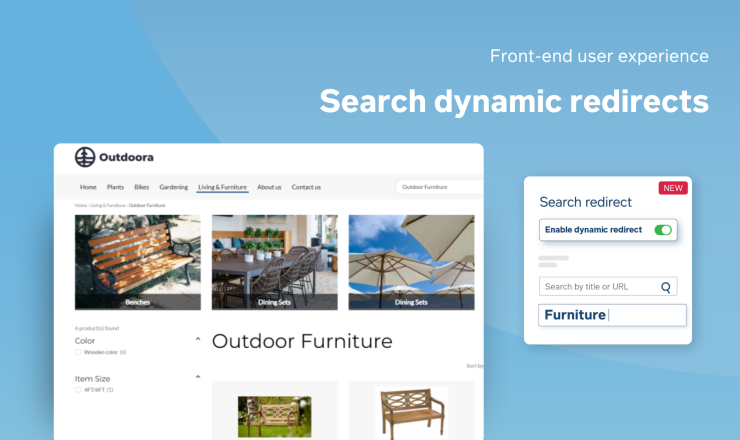

In the world of B2B e-commerce, it’s not just about getting visitors to your site – it’s about turning those visitors into paying customers. That’s where conversion analytics comes in.
By understanding how your customers navigate your website and what drives them to make a purchase, you can optimize your sales funnel and boost your bottom line.
Four B2B conversion metrics to track online
When it comes to conversions, here’s what you should keep a close eye on:
- Conversion rate
Formula: Sales conversion rate = Number of purchases / Number of visitors
You can choose to adapt your formula for any goal on your web store, whether that’s making a purchase, filling out a lead form, or downloading a whitepaper.
- Average order value (AOV)
Formula: Average order value = Revenue / Purchases
How much do customers spend on average per order? Increasing your AOV is a direct path to higher revenue. You might also opt to compare AOV across transactions, to see which of your products contribute to the highest-value baskets.
- Cart abandonment rate:
Formula: Average order value = Revenue / Purchases
Are potential customers adding items to their cart only to leave without completing their purchase? Understanding why this happens is crucial for improving your checkout process.
- Revenue per visitor (RPV):
Formula: RPV = Total Revenue / Total Number of Unique Visitors
This metric tells you how much revenue each visitor generates on average. By increasing your RPV, you can maximize the value of your website traffic.
- Shopping cart abandonment rate:
Formula: Cart abandonment rate = Carts abandoned / Carts initiated
Tracking your cart abandonment rate reveals the gaps in your checkout process, showing you where potential customers are dropping off and where you can improve to boost conversions.
Strategies to help drive conversion on your B2B web store
How do you begin making an impact on some of these metrics? Here are some actionable strategies to help you test conversion:
- A/B testing: Test different versions of your product pages, landing pages, or checkout flow to see what resonates best with your customers. Experiment with headlines, images, calls to action, and more to find the winning combination.
- Personalized product recommendations: Suggest relevant products to customers based on their browsing history or purchase behavior. This can increase engagement, encourage upsells, and drive repeat business.
- Streamlined checkout processes: Make it easy for customers to complete their purchases. Minimize the number of steps, offer multiple payment options, and clearly display shipping costs and delivery times.
- Conversion goals and tracking: Set up specific conversion goals and track your progress over time. This allows you to measure the impact of your optimization efforts and identify areas for further improvement.
What are the benefits of conversion analytics?
Let’s explore how conversion analytics can drive real business improvements:
- Identify bottlenecks: Pinpoint where customers are dropping off in the sales funnel. Are there confusing pages, hidden fees, or technical glitches that are hindering conversions?
- Optimize your product pages: Ensure your product descriptions are clear, your images are high-quality, and your calls to action are compelling.
- Improve your checkout flow: Simplify the checkout process, offer guest checkout options, and clearly display security badges to build trust.
- Test and refine your promotions: Experiment with different types of promotions, discounts, or upsells to see what drives the most conversions.
- Increase customer lifetime value (CLV): According to research by McKinsey, building CLV is more profitable for organizations than trying to win individual sales. By tracking CLV, you can identify your most valuable customers and tailor your marketing efforts to encourage repeat business.
Drive revenue with your conversion analytics
Conversion analytics can help unlock the full potential of your web store and inventory.
Whether you’re using a customer data platform that consolidates offline and online customer behavior, or extracting information directly from Google Analytics, knowing what to look for can help you form a revenue-driving strategy.

Learn how to harness your e-commerce analytics.
Our 30 minute on-demand webinar shows you how.



